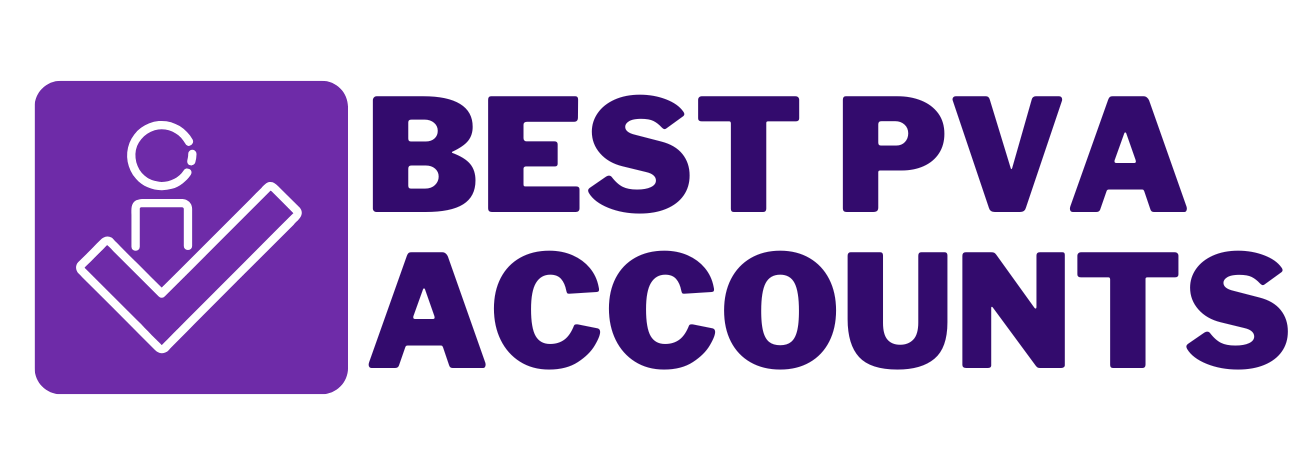Instagram Guide : How Many Hashtags Should I Use on Instagram in 2025?

Brand Image
In the ever-evolving world of social media marketing, Instagram remains a powerhouse platform for businesses, influencers, and individuals alike. One of the most debated topics among Instagram users is the optimal number of hashtags to use in their posts.
With the platform’s constant algorithm updates and changing user behaviours, finding the right balance can be challenging.
In this comprehensive guide, we’ll dive deep into the world of Instagram hashtags, exploring the ideal number to use, best practices, and strategies to maximize your reach and engagement.
Understanding the Role of Hashtags on Instagram
Before we delve into the numbers, it’s crucial to understand why hashtags matter on Instagram. Hashtags serve several important functions:
- Discoverability: They help users find content related to specific topics or interests.
- Categorization: Hashtags organize content, making it easier for Instagram to understand and categorize your posts.
- Community Building: They connect users with similar interests, fostering engagement and community growth.
- Trend Participation: Hashtags allow users to join conversations around trending topics or events.
Given their significance, using the right number and type of hashtags can significantly impact your Instagram success.
The Evolution of Instagram’s Hashtag Recommendations
Instagram stance on the ideal number of hashtags has evolved over the years. Let’s take a quick look at this evolution:
- 2018-2020: Instagram allowed up to 30 hashtags per post, and many users maxed out this limit.
- 2021: Instagram’s @creators account suggested using 3-5 hashtags for optimal reach.
- 2022-2024: The platform increased the limit to 40 hashtags per post but continued to recommend using fewer, more relevant tags.
- 2025: Current best practices suggest a more nuanced approach, focusing on relevance and engagement rather than a specific number.
This evolution reflects Instagram’s ongoing efforts to combat spam and improve user experience.
The Current Consensus: Quality Over Quantity
As we navigate through 2025, the Instagram community has largely shifted towards a “quality over quantity” approach when it comes to hashtags. Here’s what this means in practice:
- Relevance is Key: Use hashtags that are directly related to your content and audience.
- Avoid Overuse: While you can use up to 40 hashtags, using too many can make your post look spammy.
- Mix Popular and Niche Tags: Combine widely-used hashtags with more specific, niche-related ones to balance reach and targeting.
- Engage with Hashtag Communities: Don’t just use hashtags; participate in the communities they represent.
- Test and Analyze: Experiment with different numbers and types of hashtags, and use Instagram Insights to track their performance.
So, how many hashtags should you actually use? Let’s break it down.
The Ideal Number of Hashtags: A Flexible Approach
While there’s no one-size-fits-all answer, current best practices suggest the following ranges:
- 5-9 Hashtags: This range is often recommended for businesses and brands looking to maintain a professional appearance while still leveraging hashtags for reach.
- 10-15 Hashtags: Many influencers and content creators find this range effective, allowing for a mix of broad and niche-specific tags.
- 15-30 Hashtags: For those looking to maximize reach, especially in highly competitive niches, using more hashtags can be beneficial if done strategically.
Remember, these are guidelines, not hard rules. The key is to find what works best for your specific content and audience.
Strategies for Effective Hashtag Use
Regardless of the number you choose, implementing these strategies can help you make the most of your hashtags:
- Research Your Niche: Use tools like Hashtagify or Instagram’s search function to find relevant, trending hashtags in your industry.
- Create a Hashtag Strategy: Develop a list of core hashtags relevant to your brand, and supplement them with post-specific tags.
- Use a Mix of Hashtag Types:
– Branded hashtags (e.g., #YourCompanyName)
– Industry-specific hashtags (e.g., #DigitalMarketing)
– Location-based hashtags (e.g., #NewYorkCity)
– Community hashtags (e.g., #InstagrammersUnite)
– Campaign-specific hashtags (e.g., #SummerSale2024)
- Monitor Hashtag Performance: Regularly check which hashtags are driving the most engagement and adjust your strategy accordingly.
- Avoid Banned or Flagged Hashtags: Some hashtags have been flagged by Hashtags on Instagram for inappropriate content. Avoid these to prevent your posts from being hidden.
- Consider Hashtag Placement: Experiment with placing hashtags in your caption versus the first comment to see what works best for your audience.
Advanced Hashtag Techniques
For those looking to take their hashtag game to the next level, consider these advanced techniques:
- Hashtag Campaigns: Create unique, branded hashtags for specific campaigns or events to encourage user-generated content and community engagement.
- Seasonal Hashtags: Incorporate seasonal or holiday-specific hashtags to tap into timely conversations and trends.
- Micro-Influencer Collaboration: Partner with micro-influencers in your niche to create and promote shared hashtags, expanding your reach to new, relevant audiences.
- Hashtag Stories: Use hashtags in your Instagram Stories to increase their discoverability in hashtag searches.
- Localized Hashtags: If you’re targeting specific geographic areas, use a mix of broad and hyper-local hashtags to reach your desired audience.
Common Hashtag Mistakes to Avoid
As you refine your hashtag strategy, be mindful of these common pitfalls:
- Using Irrelevant Hashtags: Adding popular but unrelated hashtags can attract the wrong audience and potentially flag your account as spam.
- Overusing the Same Hashtags: Constantly using the identical set of hashtags can make your content look repetitive and potentially trigger Instagram’s anti-spam measures.
- Ignoring Hashtag Analytics: Failing to track which hashtags are performing well means missing out on valuable insights for optimization.
- Using Only Broad, Competitive Hashtags: While popular hashtags can increase reach, they also mean your content is competing with millions of other posts.
- Neglecting to Engage with Hashtag Communities: Simply using hashtags without engaging with the associated communities misses out on valuable networking opportunities.
Final Thoughts
In the dynamic world of Instagram marketing, the question of how many hashtags to use doesn’t have a one-size-fits-all answer. While the platform allows up to 40 hashtags per post, the current best practice leans towards using fewer, more targeted tags.
A range of 5-15 hashtags is often recommended, but the key is to focus on relevance, engagement, and strategic variety rather than sheer numbers.
Remember, your hashtag strategy should be as dynamic as the platform itself. Regularly research trending hashtags in your niche, analyze the performance of your posts, and be willing to adjust your approach based on what works best for your unique audience and content.
By thoughtfully curating your hashtags, engaging with hashtag communities, and staying attuned to Instagram’s evolving best practices, you can effectively leverage these powerful tools to increase your reach, engage your audience, and grow your Instagram presence.
Ultimately, the most successful hashtag strategy is one that authentically represents your brand and resonates with your target audience.

